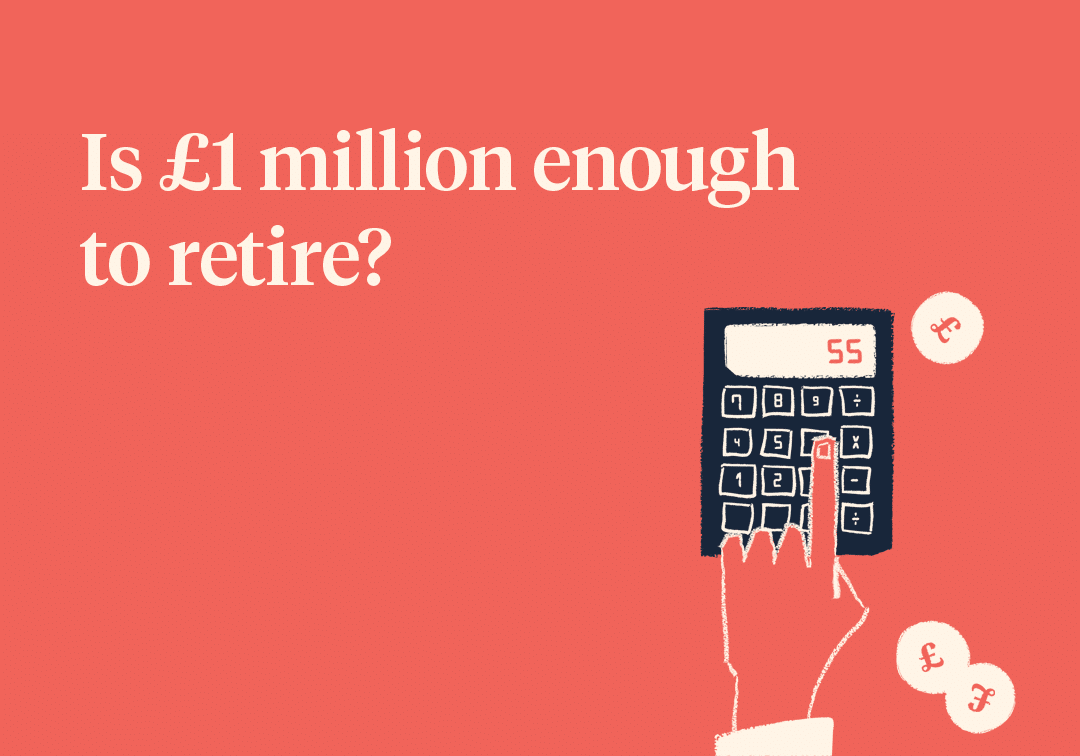If you regularly max out your pension annual allowance (which is usually £60,000), make ISA contributions of £20,000 every year, and utilise your annual capital gains tax allowance, offshore bonds can offer a great next step to further increase tax-efficiencies. In addition, people earning over £260,000 can have their pension annual allowance reduced down to £10,000 (depending on their earning levels), so an offshore bond can offer a neat solution in this scenario.[1]
What is an offshore bond?
An offshore bond, or international bond, is simply a tax-efficient wrapper that is issued outside of UK jurisdiction.[2] The word ‘offshore’ can cause people to make the incorrect assumption that these are highly complex tax-evasion vehicles. This is simply not the case. They regularly make up part of typical, well-diversified tax planning for high earners. In a similar fashion to a pension, you can invest in a wide range of assets within an offshore bond such as equities, bonds, alternatives, and property to ensure your funds grow over time.
Tax-efficiencies of an offshore bond
There is no tax relief applied to contributions to an offshore bond, but there are some other great benefits. Offshore bonds are not subject to capital gains tax so capital gains can ‘roll up’ over time without any immediate tax charge.[3] Gains will be taxed as income but only once you access the funds. As such, whilst there is no relief on the way in, there is no tax to pay while the funds grow. Furthermore, income tax is only applied at your marginal rate when you make withdrawals.
How to avoid the 60% tax trap and more…

Did you know that people earning over £100,000 can pay an effective tax rate of 60%?
Unlocking the benefits of 5% annual withdrawals with offshore bonds
A key advantage of an offshore bond is that the holder can make 5% withdrawals of the original capital each year without suffering a tax charge.[4] This is a cumulative allowance, which means, if you don’t access your annual 5%, it will build up so you can draw more than 5% at a later date. This allows you to maintain some immediate tax-deferred liquidity (if you need it), whilst your money is growing in a tax-efficient environment.
Do you want to improve your tax position?
The more tax you pay, the harder your investments must work to grow your wealth. Our advisers can provide practical advice to help reduce your tax bill. Get in touch to discuss how we can help you.

So why use an offshore bond?
The key to using an offshore bond successfully is by starting at the end. You need to ask how you are going to get the money out – what’s the exit strategy? If you’re a higher rate taxpayer, it’s a great tool in the armoury. You can invest your money to achieve capital growth and re-invest dividends without having to pay any income tax, whilst you continue to earn income over and above the top rate. However, it’s important to remember that, whilst there’s no immediate income tax to pay, there will be income tax to pay in the future. In an ideal scenario, a higher rate taxpayer pays in and a non or basic rate taxpayer draws the money out.
That might sound like an unlikely scenario, but it could be more common than you think.
An example:
James is 40 and earns £360,000. This means he is fully tapered out of his pension and can only make contributions of £10,000 per annum.[5] He maxes out his ISA contribution of £20,000 a year and puts another £10,000 into a general investment account every year. An offshore bond allows James to invest his money without suffering capital gains tax or any immediate income tax charge, whilst he continues to earn high levels of income. James decides to put another £20,000 a year into an offshore bond. By the time James retires at 60, assuming a net growth rate of 5% annualised, he would have just under £2 million to fund his retirement:
| Wrapper | Total | Gain |
|---|---|---|
| Pension | £330,659.54 | £130,659.54 |
| ISA | £661,319.08 | £261,319.08 |
| GIA | £330,659.54 | £130,659.54 |
| Offshore bond | £661,319.08 | £261,319.08 |
| Total | £1,983,957.24 |
James would like £75,000 a year in retirement income. To achieve this, he takes £10,000 from his pension, which is within the personal allowance, so can be accessed tax free.[6] He then takes £30,000 from his ISA, £15,000 from his GIA and £20,000 from his offshore bond to cover the other £65,000 of required income. The funds taken from his ISA are also tax free.[7] The money taken from his GIA could cause a taxable event, but he will crystallise a capital gain under his annual £6,000 capital gains tax allowance, so this is also tax free.[8]
Now for the offshore bond: James has built up just over £400,000 in capital within the bond, so can access 5% of this capital (c. £20,000) free of tax from the bond every year. By the time James is 80, he’ll have used up his original capital withdrawals from the bond. At this point, though, he’ll have a range of options to maintain his full tax-free income. As he held the bond for 20 years, and because of a rule known as ‘top slicing’, he’ll likely be able to continue to access a substantial amount of money from the bond without paying tax.[9] In addition, there will likely be some surplus across his other wrappers to supplement his income from there.
| Wrapper | Income | Tax paid |
|---|---|---|
| Pension | £10,000 | 0% |
| ISA | £30,000 | 0% |
| GIA | £15,000 | 0% |
| Offshore bond | £20,000 | 0% |
| Total | £75,000 | 0% |
In summary, James thought his options were limited because his pension annual allowance was fully tapered. With some clever planning and the use of an offshore bond, he has managed to take £75,000 a year completely free of tax throughout retirement.
This is an overly simplistic example to demonstrate the main advantage of an offshore bond, but hopefully it provides useful insight. There are numerous other benefits of holding a bond, particularly if you are a higher rate taxpayer looking to gift money to your children over time, so they can be useful in lots of different scenarios. However, offshore bonds should form part of a broad financial strategy and it’s really something you shouldn’t consider without taking professional advice. If you’re a high earner and you are looking to reduce your tax position, it’s definitely worth considering.
Do you want to improve your tax position?
The more tax you pay, the harder your investments must work to grow your wealth. Our advisers can provide practical advice to help reduce your tax bill. Get in touch to discuss how we can help you.

Article sources
Editorial policy
All authors have considerable industry expertise and specific knowledge on any given topic. All pieces are reviewed by an additional qualified financial specialist to ensure objectivity and accuracy to the best of our ability. All reviewer’s qualifications are from leading industry bodies. Where possible we use primary sources to support our work. These can include white papers, government sources and data, original reports and interviews or articles from other industry experts. We also reference research from other reputable financial planning and investment management firms where appropriate.
Saltus Financial Planning Ltd is authorised and regulated by the Financial Conduct Authority. Information is correct to the best of our understanding as at the date of publication. Nothing within this content is intended as, or can be relied upon, as financial advice. Capital is at risk. You may get back less than you invested. Tax rules may change and the value of tax reliefs depends on your individual circumstances.
About Saltus?
Find out more about our award-winning wealth management services…
Winner
Best Wealth Manager
Winner
Investment Performance: Cautious Portfolios
Winner
Top 100 Fund Selectors 2024
Winner
Best Places to Work 2024
£8bn+
assets under advice
20
years working with clients
350+
employees
97%
client retention rate


